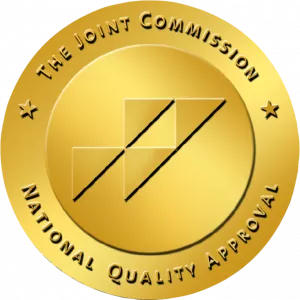In a major move against the opioid epidemic, Pennsylvania has secured millions of dollars from a new national settlement with eight opioid manufacturers. Announced by Attorney General Dave Sunday on July 10, 2025, the funds will be used to expand addiction treatment, prevention, and recovery efforts across the state.
This comes as part of a $720 million national settlement holding pharmaceutical companies accountable for fueling the addiction crisis through deceptive marketing and failure to monitor suspicious drug orders.
The Scale of Pennsylvania’s Opioid Crisis
Pennsylvania remains one of the states hardest hit by the opioid epidemic. In 2023 alone, over 5,100 Pennsylvanians died from drug overdoses, the majority involving synthetic opioids like fentanyl. And for every life lost, there are thousands more struggling in silence.
How the Settlement Funds Will Be Used
The settlement funds are set to support many programs that address both short and long-term recovery needs:
- Prevention programs in schools and communities
- Harm reduction efforts, like expanded naloxone access
- Medication-Assisted Treatment (MAT) availability
- Recovery housing and peer support services
- Mental health services tied to addiction treatment
Every Pennsylvania county will receive part the funds, ensuring that rural and underserved communities aren’t left behind. This builds on over $1 billion the state has already secured from earlier opioid-related lawsuits.
Local Impact Across the State
Local organizations are already preparing to use the funds to expand services. In Philadelphia, the money may strengthen culturally sensitive recovery programs. In rural areas, it could fund mobile treatment units and peer navigators to reach those in isolated communities.
AG Sunday called the move “a win in the fight to save lives”—and for those on the frontlines of addiction, that’s exactly what’s needed.
A Starting Point, Not the End
While the funding is welcome, advocates are clear: this is only a start. The real test will be how the money is spent—and whether it reaches the people who need it most.
Pennsylvania has been through the worst of the opioid crisis. But with this new wave of funding, the state has a powerful tool to fight back—and rebuild lives.
Now, it’s up to leaders, providers, and communities to make it count.


